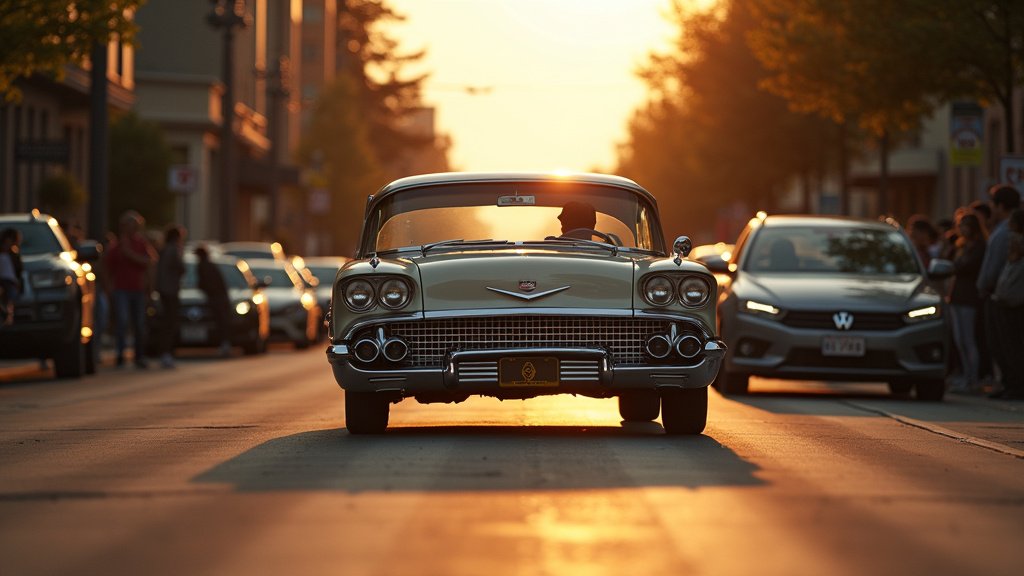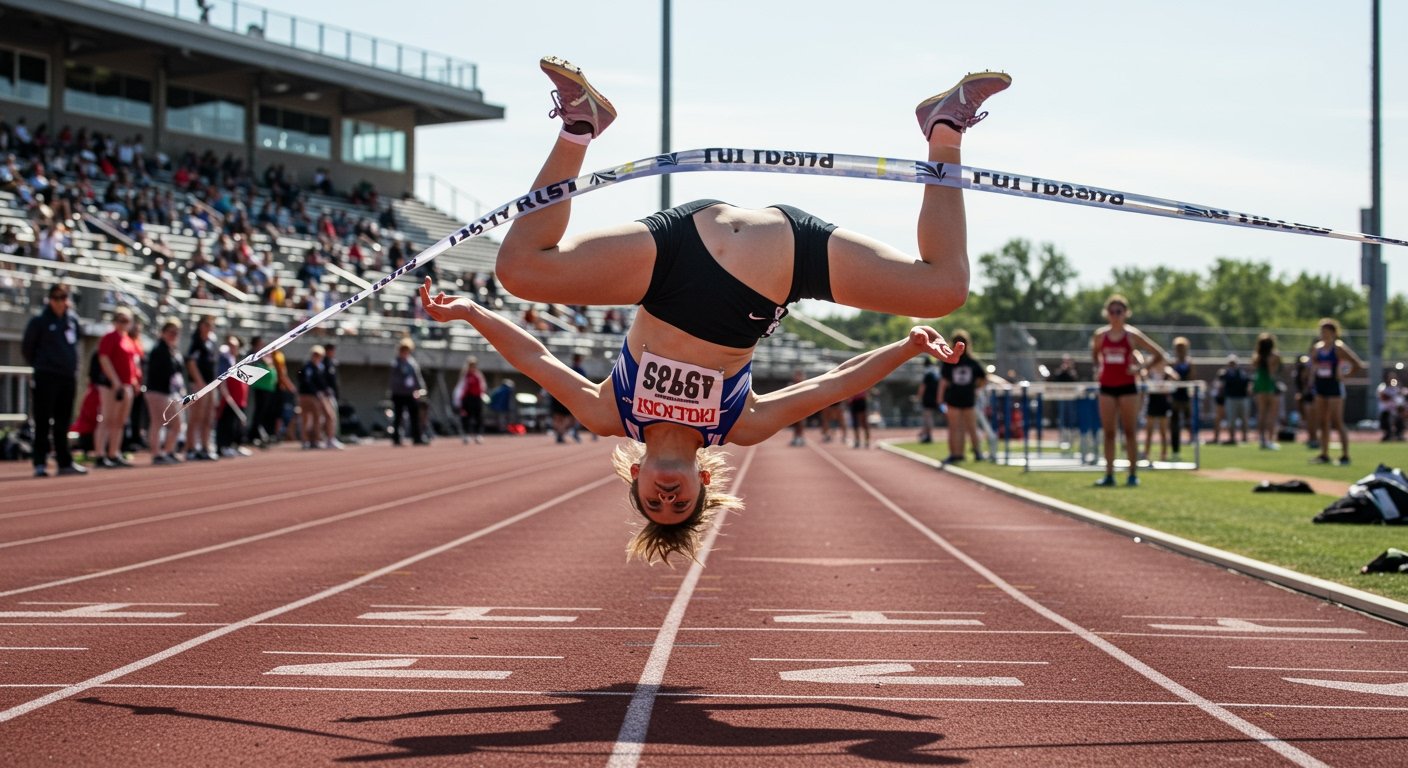On June 28, 2025, a parallel parking competition drew dozens of participants and spectators to Southeast Portland. The event, organized by Daniel Lyman and Stefanie Lynch, challenged drivers to showcase their parking prowess under a strict set of rules. The contest took place on Pine Street and 29th Avenue, in front of Daniel Lyman’s property. The competition’s announcement was made just a few days prior.
Competition Dynamics
Participants were evaluated on a combination of factors, including the length of the parked vehicle, the distance from the curb, and stylistic elements. A key element of the competition was the exclusion of modern driving aids; backup cameras were strictly prohibited, placing an emphasis on the drivers’ inherent skills and judgment. The judging criteria aimed to assess both the precision and the artistry of the parking maneuver. Contestants were tasked with parking as cleanly and swiftly as possible, while avoiding contact with either the bumper or the curb.
Judging Criteria
To ensure fairness and accuracy in the judging process, specific measurements were employed. Lines were drawn on the ground to precisely determine the length of the vehicle once parked, as well as the distance separating the car from the curb. This allowed for a quantifiable assessment of each participant’s performance. Shorter vehicles, successfully parked within the designated space and adhering to the established criteria, would receive higher scores, rewarding efficiency and skillful maneuvering. The judges meticulously assessed each attempt to ensure that the competition remained a test of parking aptitude.
Event Logistics
The event began at a leisurely pace, but the interest grew rapidly. Within an hour, approximately 40 spectators had gathered to witness the competition. This surge in attendance underscored the community’s enthusiasm for the unique event. The contest offered a combination of competitive spirit and casual amusement, creating an engaging experience for both participants and onlookers. The location, in front of Daniel Lyman’s property, provided a convenient setting for the competition, easily accessible for both contestants and viewers.
Prizes and Recognition
The victor of the competition was awarded a tangible symbol of their achievement: a trophy, signifying their mastery of parallel parking. Along with the trophy, the winner also received a plaque, engraved with the words “Grand Prize”. This served as a lasting testament to their triumph. The award not only acknowledged the winner’s skills, but also provided a memorable keepsake from the day’s events. The prizes were a fitting acknowledgment of the skill and dedication demonstrated by the participants.
Rules and Regulations
The core rules of the competition were straightforward but demanding, requiring contestants to park with precision and finesse. The rules specifically prohibited the participants from hitting the bumper or the curb while parking. In addition to avoiding contact, participants were expected to complete their parking maneuvers as cleanly and swiftly as possible. The emphasis on speed and precision highlighted the contest’s dual focus on both technical skill and the ability to perform under pressure.
Community Engagement
The parallel parking competition served as an example of community engagement, bringing neighbors and other residents together. The event fostered a sense of shared experience. The competition reflected a local spirit, emphasizing friendly competition and community involvement. Such events contribute to the distinct character of the neighborhood, as residents collaborate on unique and inclusive activities.
Preparations and Announcement
The announcement of the competition came only a couple of days before the event itself, creating a sense of anticipation and excitement. The relatively short notice did not appear to deter participation, as a significant number of people still registered for the competition. The quick turnaround helped ensure that the event generated momentum and garnered attention quickly.
Judging Process Details
The measurements taken by the judges were essential in determining the final scores. Cars that were shorter and that parked closer to the curb received more points, showing the emphasis on skill and control. The judging methodology was comprehensive, considering all relevant parameters of parking performance. The judging process balanced objectivity with attention to detail, guaranteeing a fair outcome.
Impact and Legacy
The parallel parking competition, organized by Daniel Lyman and Stefanie Lynch, left a memorable mark on the community. The event proved the willingness of the local residents to embrace unique activities. The success of the competition suggests the potential for similar events in the future, enhancing the vibrancy of the area. The competition, on Pine Street and 29th Avenue, stands as a testament to the organizers’ creativity and the community’s willingness to participate in something different.




